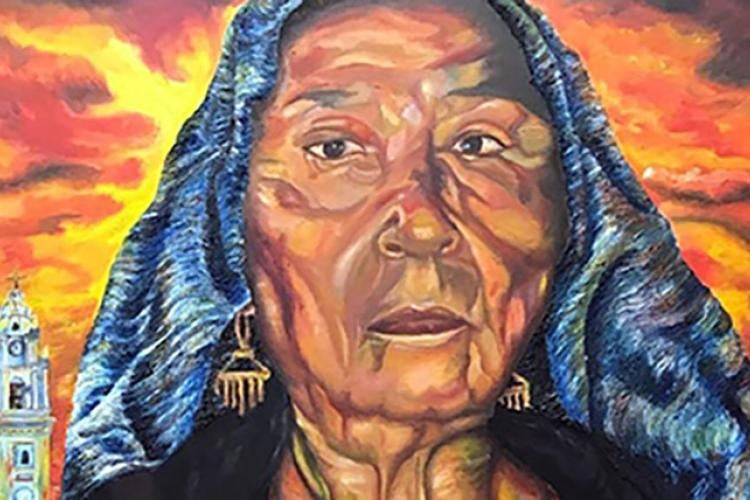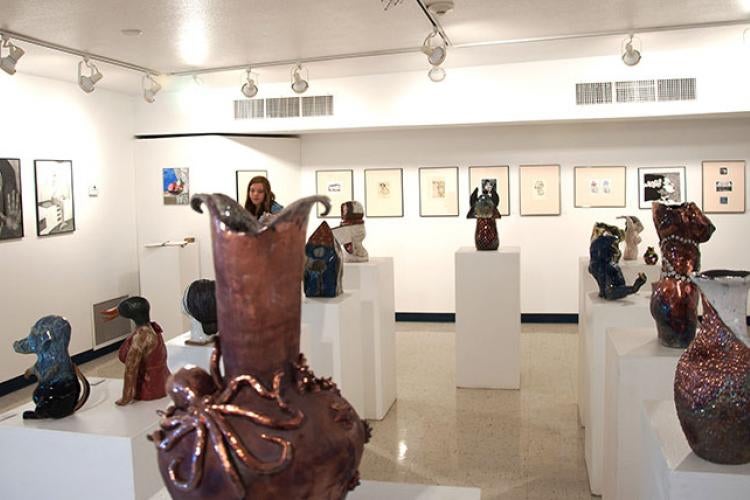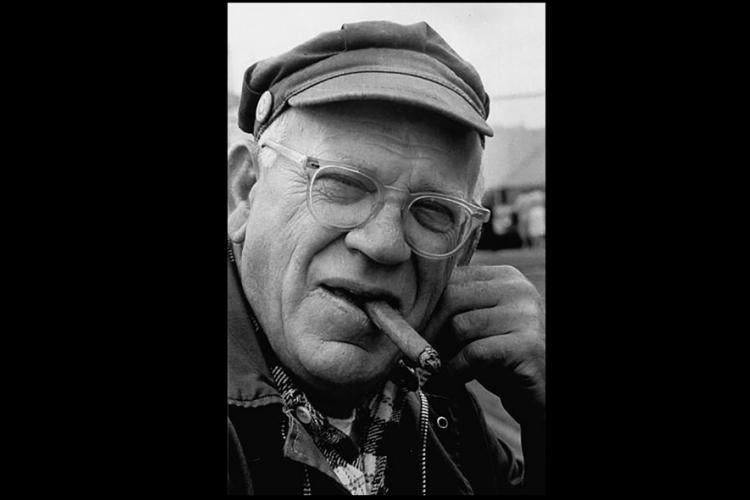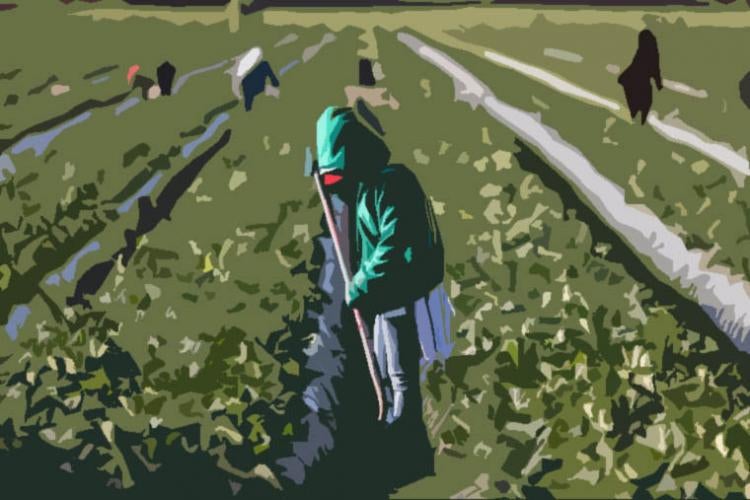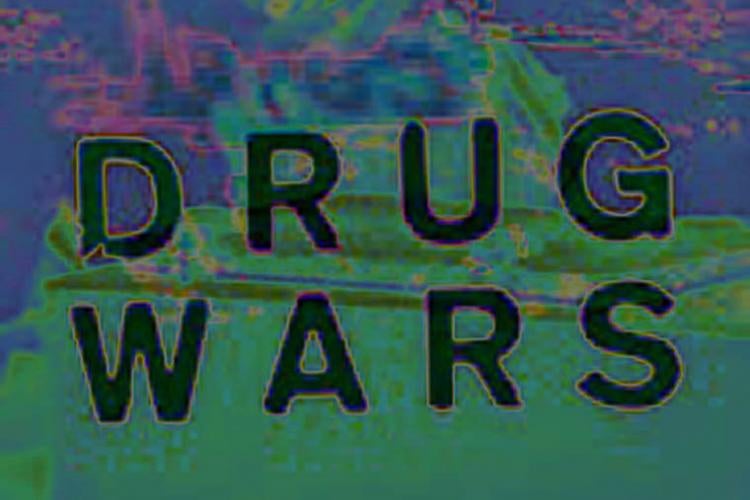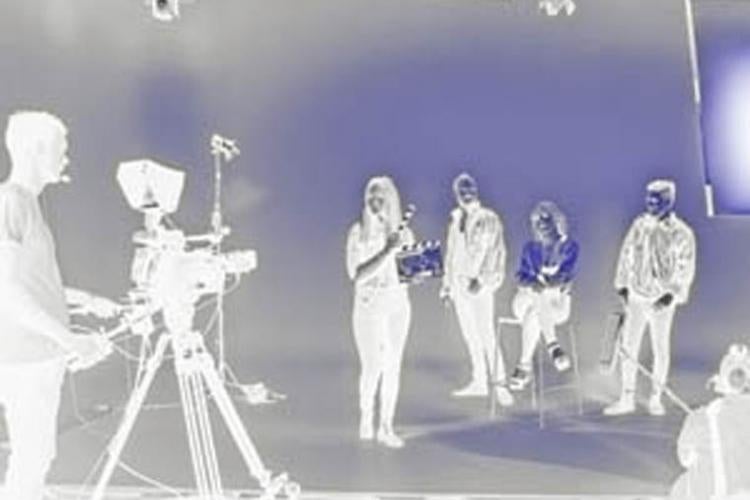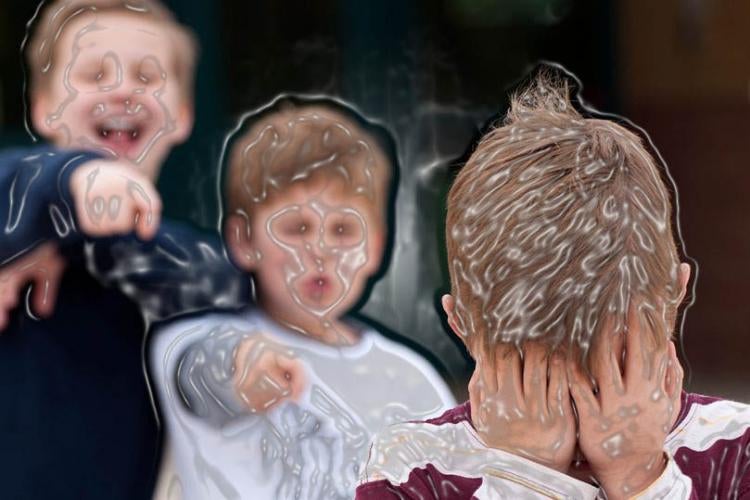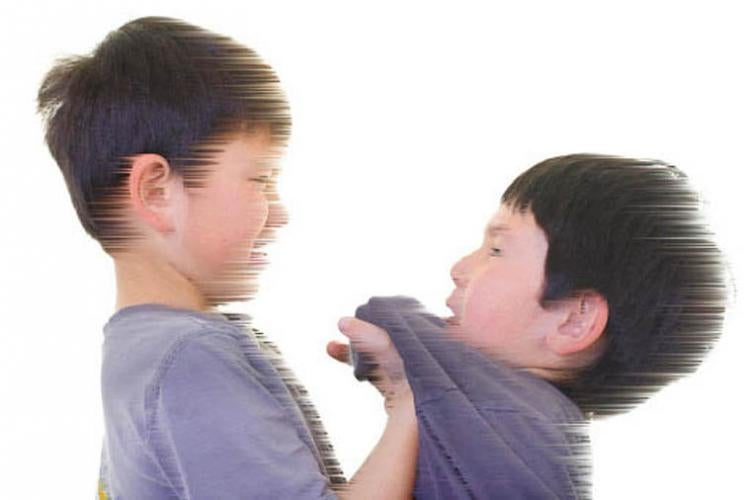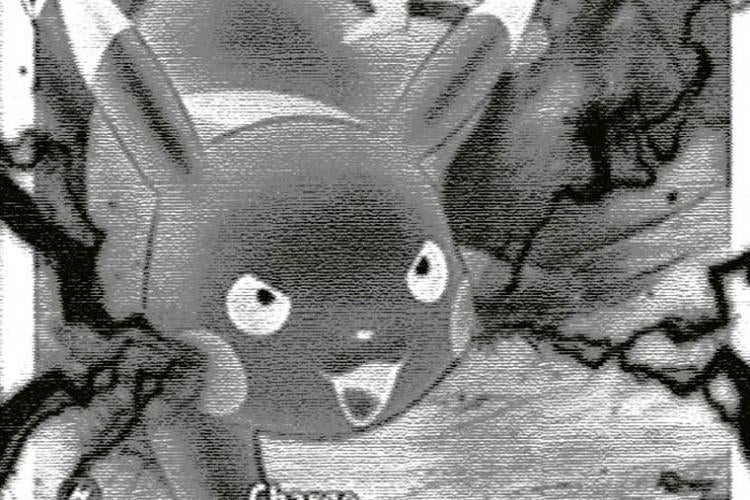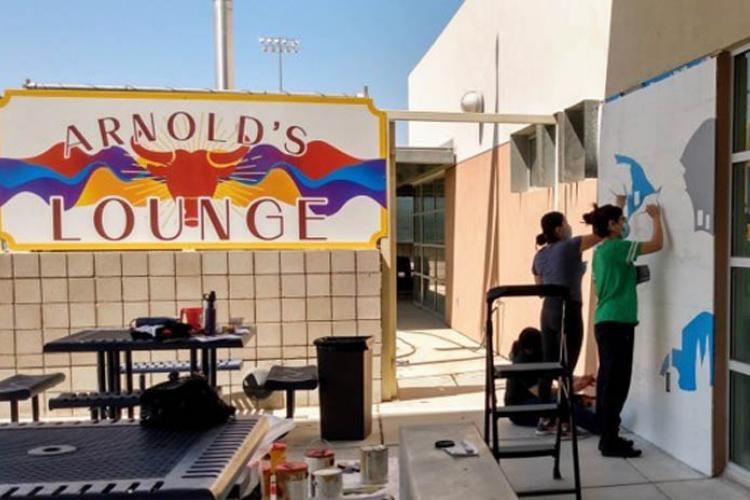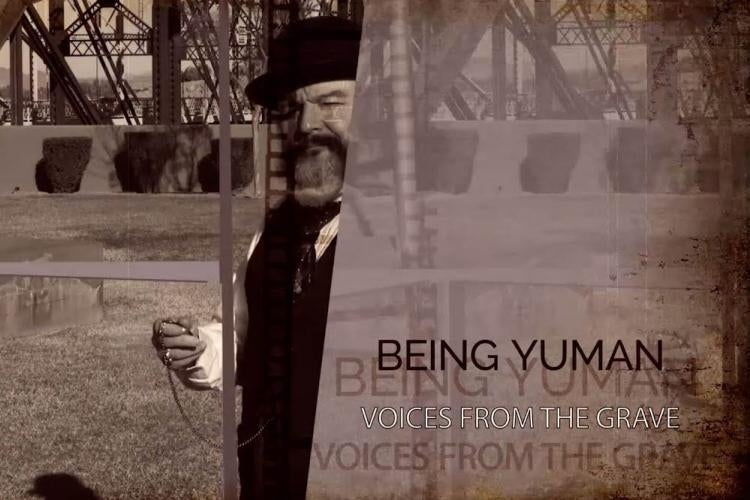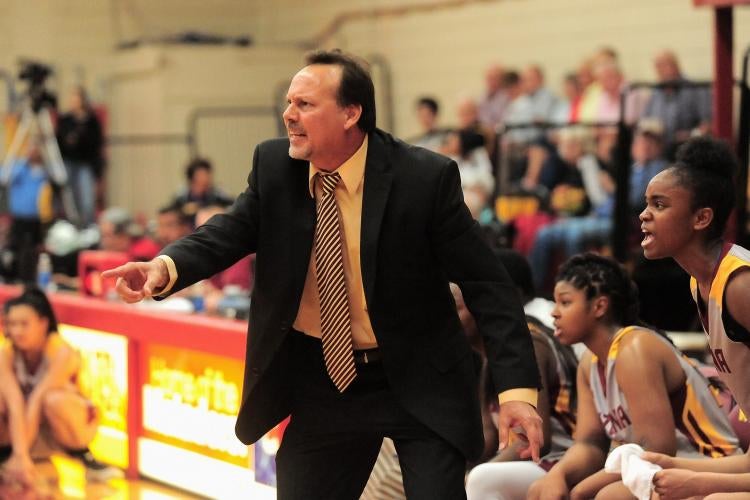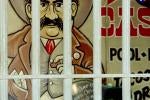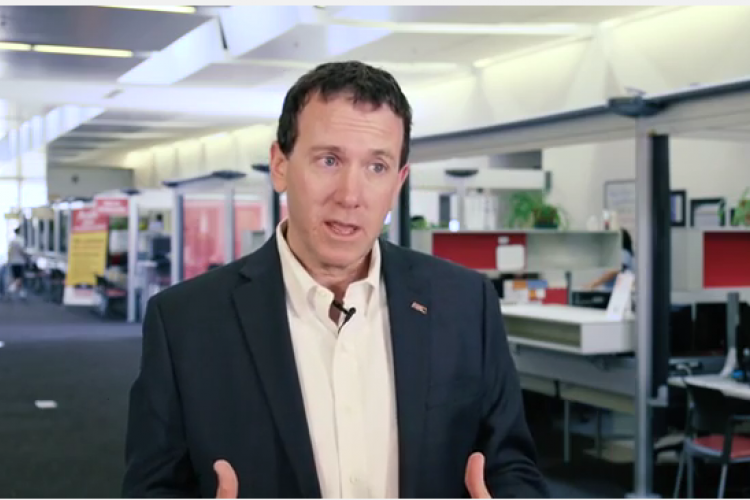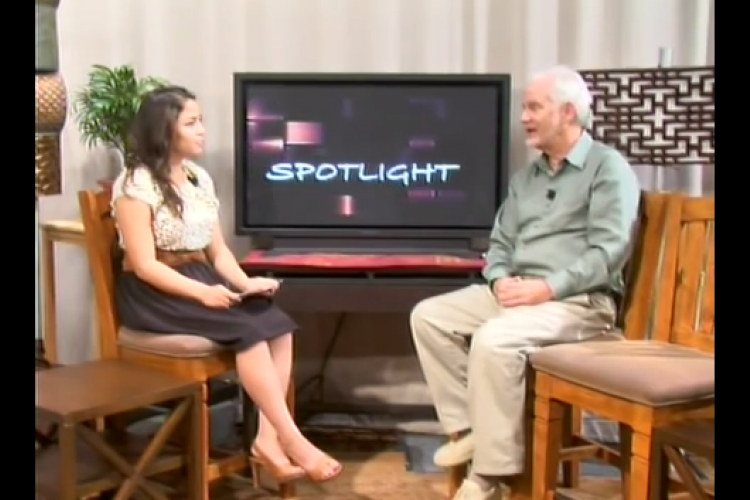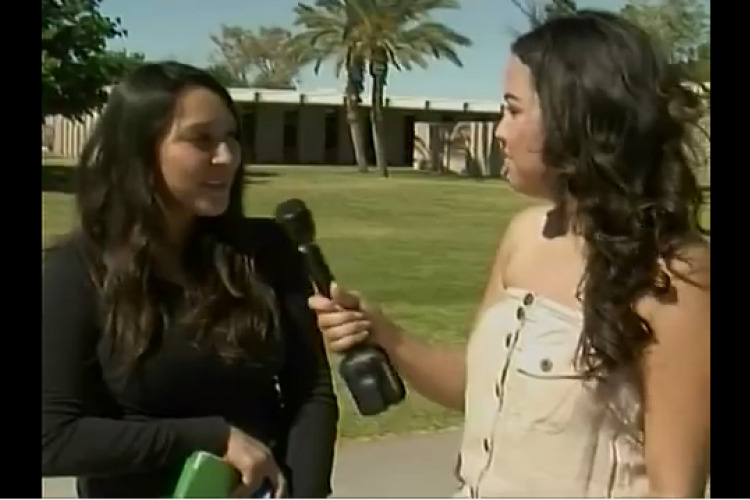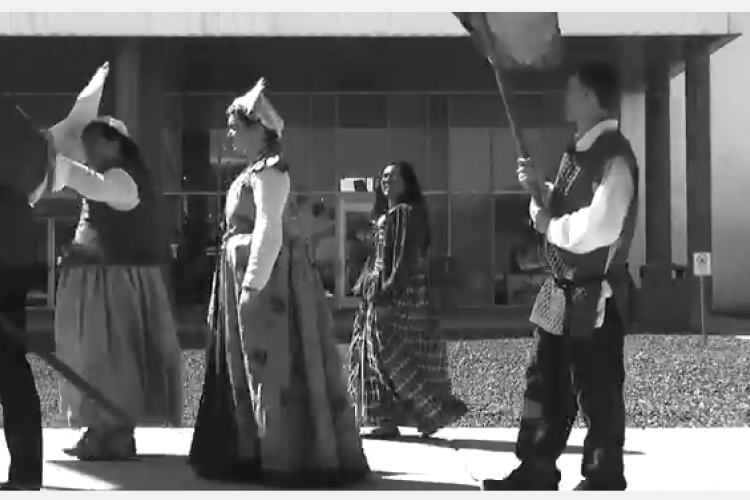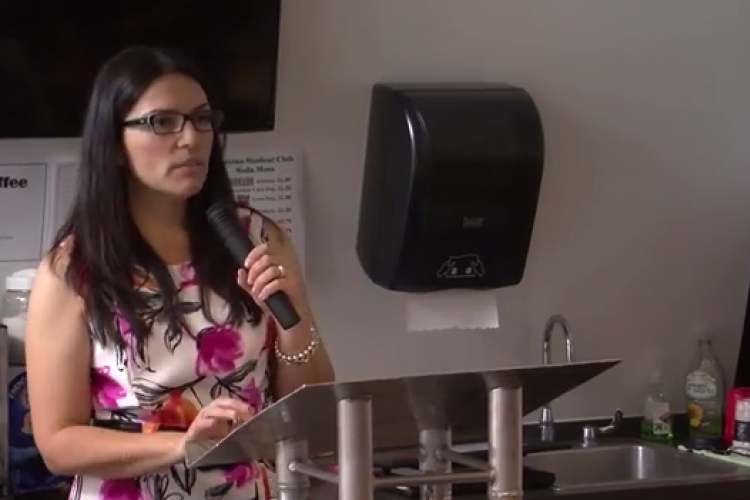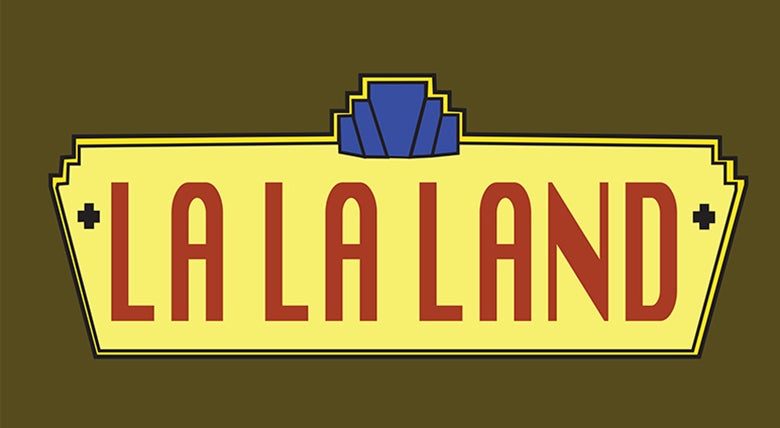
Movie Review
The Earth is constantly being rescued from nuclear wars, malevolent aliens from space, and angry beings with supernatural power – at least on the big screen. While some of these movies make for pleasant viewing, sometimes we need a little light among the darkness and no musical shines brighter than last year’s La La Land.
Directed and written by Damien Chazelle (Academy Award winner for the 2014 Whiplash), La La Land is set in modern-day Los Angeles, staring Emma Stone as Mia, a barista who dreams of making it big in Hollywood, and Ryan Gosling as Sebastian, a musician with dreams of someday owning a jazz club.
The film’s vivid, cheerful appearance can mislead one to believe that it’s simply another sugary escapist flick, but it’s the mixture of realistic modern values and the whimsical Golden-Age-of-Hollywood feel that sets it apart as a work of art.
In case it’s not clear that the film will draw largely from the Hollywood of old, the opening credits are done in an art-deco style with an old “Presented in Cinemascope” caption, and with the year in Roman numerals underneath the title, after the style of old films.
In the opening number, “Another Day of Sun,” the scene is ordinary – another typical LA traffic jam – but soon it transitions into a spectacular optimistic song and all sorts of brightly-dressed drivers singing about their dreams, synchronously dancing and hopping on the tops of their vehicles.
“Someone in the Crowd” is rife with allusions to Hollywood classics. Here, Mia is primping with her friends at her apartment, which is decorated with a large painting of Ingrid Bergman in the same manner as Maria in “I Feel Pretty” from West Side Story (1961) and the girls in “Look at Me, I’m Sandre Dee” in Grease (1978). At one point, Mia clutches a curtain as though it is a dress she is trying out, a reference to The Sound of Music (1964), in which Fraulein Maria makes clothing out of curtains.
Later, when Mia and her friends arrive at a pool party, everyone in the crowd freezes just as in “Ascot Gavotte” from My Fair Lady (1964). The camera even takes a delicious dip in the pool and the glistening water that emerges from a splash has an enhanced shine to evoke that whimsical feeling that is innate to the film.
La La Land’s clearest allusion, however, is to Rebel Without a Cause (1955). Mia and Sebastian watch the film at the historical Rialto theater in Pasadena and visit Griffith Observatory. The pair dance around the observatory (alone) and once again, the film embraces the surreal by having them float and waltz among the stars – of the planetarium.
Much like The Umbrellas of Cherbourg (1964), the film’s sets are dominated by saturated colors, an effect achieved by filming in Cinemascope. Costuming contributes to this effect as well, in that the majority of the dresses are vivid yellows and purples and teals and reds.
as to modernize it: La La Land does deviate from traditional Hollywood films in the most important way, so the plot. Mia and Sebastian fall in love, but certainly not at first sight. As a matter of fact, when Mia first takes interest in Sebastian, she attempts to compliment his piano playing, but he ignores her, rudely brushing past her.
The pair are dreamers – Mia is a naïve one and Sebastian is a jaded one on the verge of giving up. They help each other, struggle with each other and struggle with themselves. As they both discover, the true conflict in this story isn’t about keeping love alive but rather about the compromises they must make to follow their dreams
Without giving too much away, the film’s ending stays true to modern reality, but indulges viewers in a number that’s highly reminiscent of the ballet sequence in An American in Paris (1951). The “Epilogue” sequence is comprised of all sorts of beautiful scenes with painted backdrops, handcrafted details and plenty of old Hollywood references.
Of course a musical isn’t good without memorable music, and fortunately for La La Land, all of its songs are beautifully composed by Justin Hurwitz. The score is timeless and emotionally rich, offering effervescent, upbeat tunes and slow, hopeful melodies. Surely, people will remember it years from now.
To put it simply, La La Land is the best original musical to emerge from Hollywood in a long time. It’s a breathtaking ode to all of the beauty that vintage musical cinema has to offer, so even if it’s not your style, give it a try. You just might be in for a surprise.
Graphic by Pam Black

